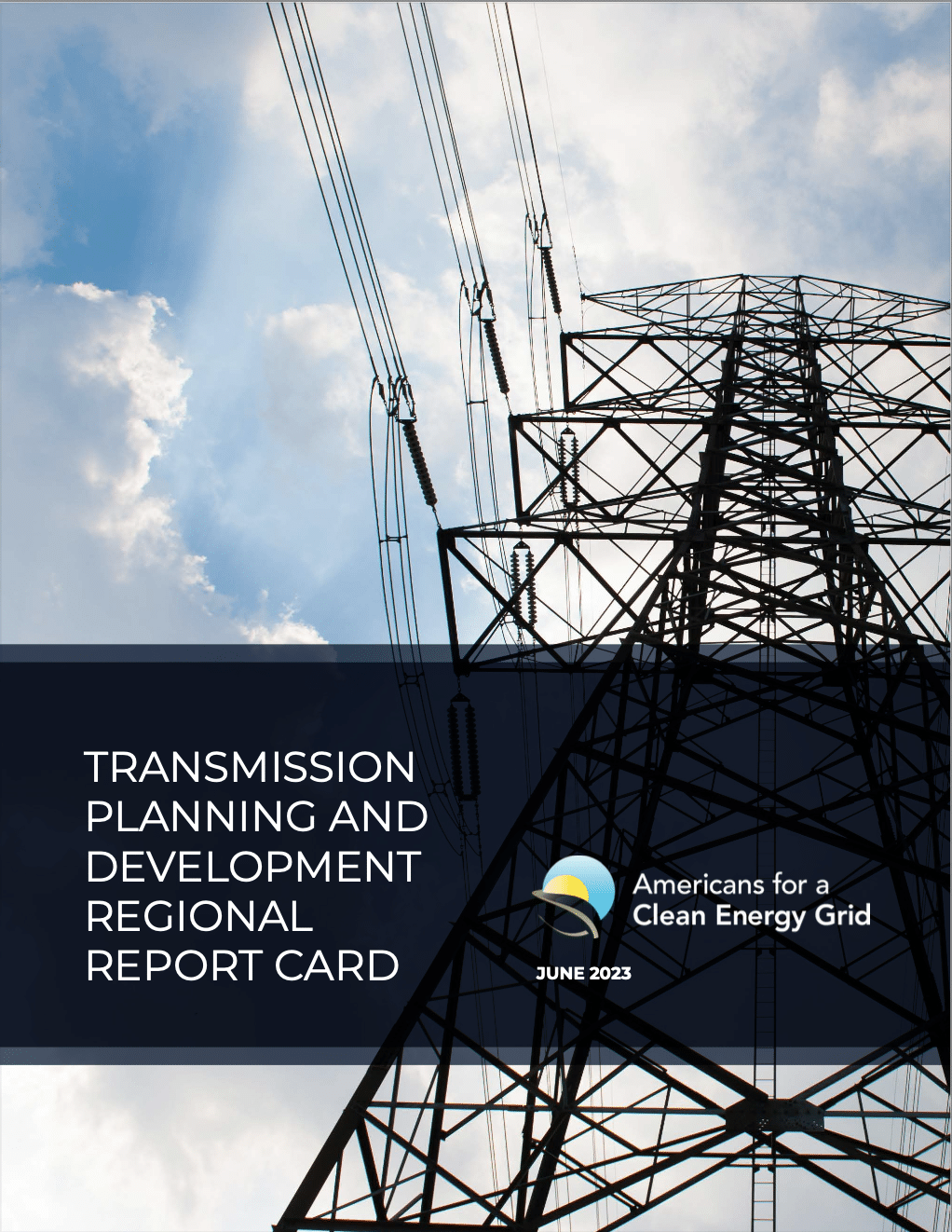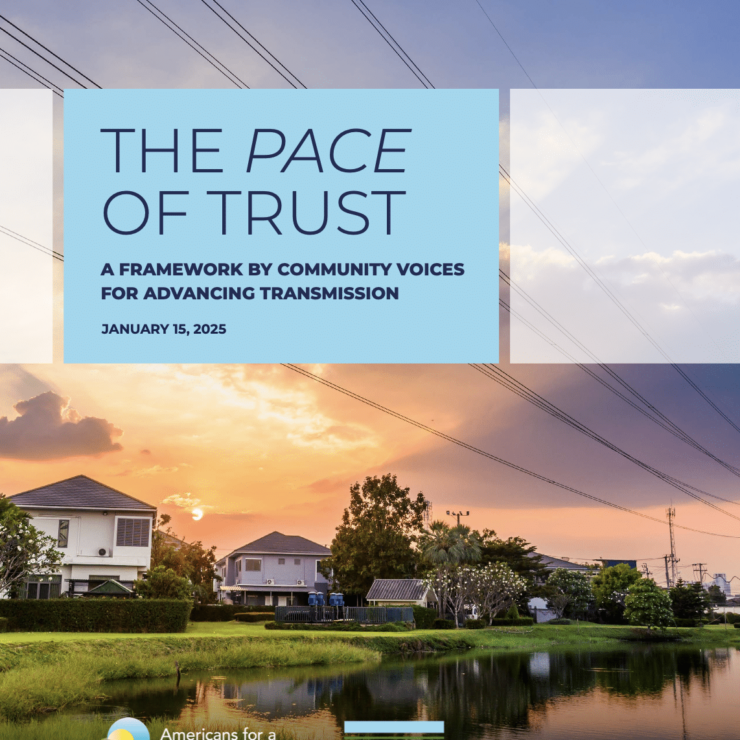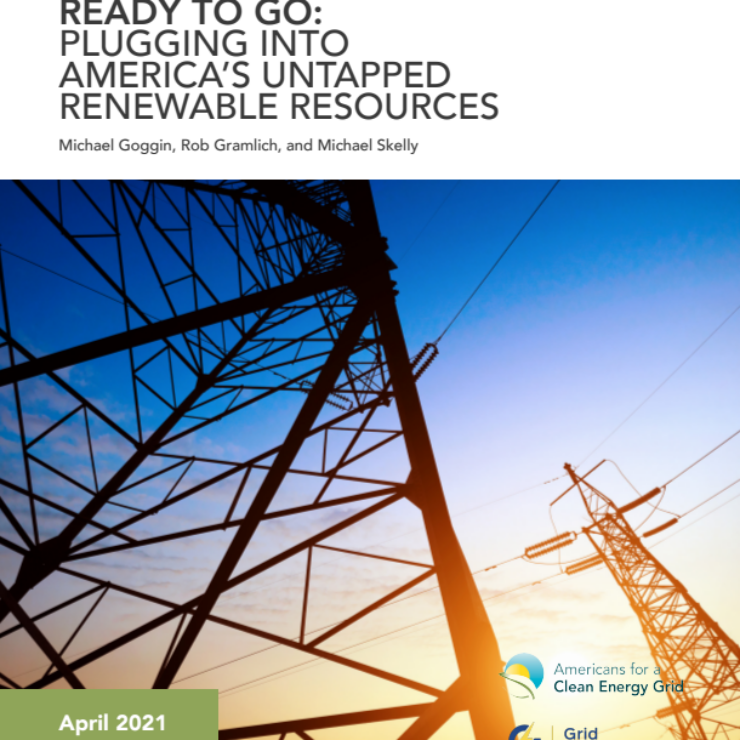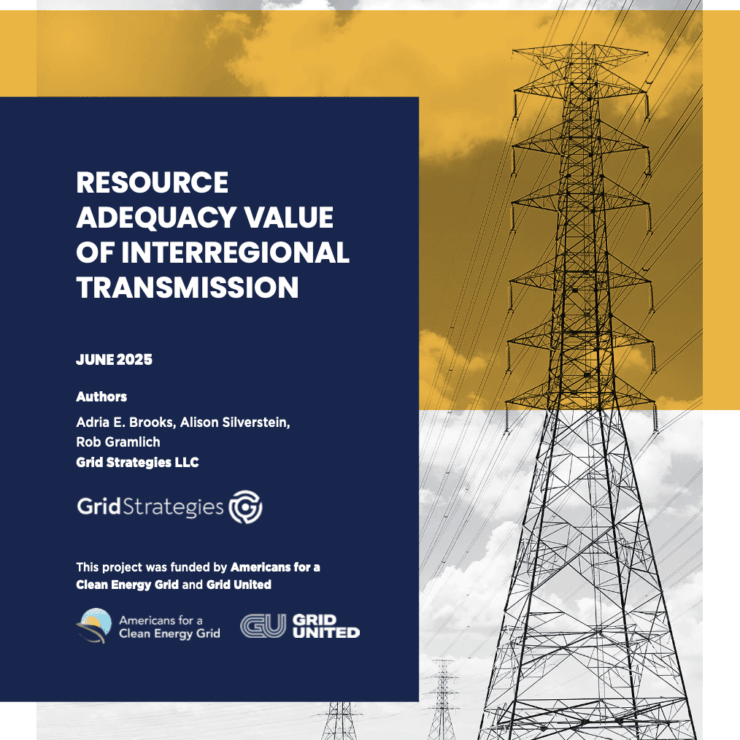Summary
Washington, D.C. (February 13, 2023) — Americans for a Clean Energy Grid (ACEG) released a report identifying recommended practices for transmission developers engaging with the landowners, tribal governments, and local communities impacted by a project. The transmission siting process can be fraught, but — as the report outlines — developers that undertake meaningful, respectful, and consistent engagement can build trust in communities and improve their project’s chance of success. Many have already taken these steps, and they provide a model for future projects.
The United States must urgently expand its electric transmission system to enhance grid reliability and deliver cleaner, cheaper power across the country. But proposed lines may encounter public opposition, in part because of the visible nature of these facilities and out of concern for economic, environmental, or cultural impacts.
It is essential that developers — as the main project proponents — address these concerns head on.
“There is no time to waste when it comes to expanding our electric grid,” said ACEG Executive Director Christina Hayes. “Many transmission developers have engaged thoughtfully with communities on a wide range of issues. This report highlights a well-rounded and thorough look at specific practices that will help ensure transmission gets built in a way that respects local communities. We hope it is the beginning of an ongoing conversation.”
Based on a survey of several recent transmission projects and interviews with representatives of landowners, tribal nations, environmental groups, and federal and state regulators, ACEG’s report proposes more than 30 recommendations for developers, including:
- Engage early and often. Developers must be prepared to meet with all groups impacted by the project — from elected officials to land and business owners. Project representatives should clearly communicate the benefits of new transmission, such as increased reliability, but they must also understand why landowners are less enthusiastic about national benefits that feel abstract. Developers should be ready to discuss concerns like the impact of a project on property values.
- Take the mystery out of route selection. In the absence of information, communities may assume that developers failed to seek alternative paths or consider the local implications of a line. Transmission developers should clearly explain how they chose a route and why alternatives are or are not feasible. Developers may want to begin public outreach during the site selection process.
- Treat landowners respectfully. Project representatives must be highly knowledgeable about all aspects of a project. These “land agents” are the public face of a project, and they must be able to demonstrate an understanding of specific communities’ values, such as the farming community.
- Compensate fairly. Transmission developers should consider different models for landowner compensation, including periodic payments and royalties, as well as “good neighbor” payments for landowners whose property is near, but not on, the proposed route. Project leaders may want to create a landowner “Bill of Rights” that spells out their right to receive compensation, hire their own appraiser, and access project information.
- Engage fairly with tribes. Any engagement with tribes must reflect their status as sovereign nations with individual government structures, decision-makers, cultural norms, and business practices.
- Understand the history. Low-income communities and communities of color have long borne the brunt of pollution and other negative impacts of infrastructure development. Transmission developers must engage members of these communities early, and be prepared to address any obstacles to their participation in a public process, such as lack of transportation or linguistic barriers.
To prepare this report, authors Elisabeth Blaug and Nils Nichols interviewed a diverse set of individuals who represent landowners, Tribal governments, federal and state regulators, and environmental groups.
“ACEG’s paper offers a thorough and helpful guide for electric companies, developers, and state regulators navigating the transmission siting process.” said Phil Moeller, Executive Vice President of the Business Operations Group and Regulatory Affairs for the Edison Electric Institute. “Our members are working daily to promote respectful and productive engagement with landowners and local communities. We are pleased to see ACEG highlight steps they are taking to ensure the siting process is efficient and transparent.”
“Building more transmission is vital to ensuring that we can quickly decarbonize our power sector. However, early and sustained community engagement must be an essential part of transmission development,” said Cullen Howe, Senior Advocate at Natural Resources Defense Council. “Thus, developers should ensure that the needs of landowners, Indian tribes and environmental justice communities whose property is necessary to siting these projects are taken into account. The recommendations in this paper provide a good template for how developers can ensure that this engagement occurs and these needs are addressed.”
“We need to upgrade our transmission infrastructure, but it is critical to respect the rights of landowners, community members, and Tribes in the process,” said Kristin Eberhard, Director of Climate Policy at the Niskanen Center. While there is a history of distrust between developers and landowners, ACEG has outlined a path forward: Developers that commit to timely communication and open engagement with all those impacted by a project can use the feedback to improve projects and reduce tension in the siting process, which in turn helps needed transmission get built faster.”
“NV Energy has found community and landowner engagement instrumental in the success of developing our Greenlink transmission project,” said Carolyn Barbash, Vice President of Transmission Development and Policy for NV Energy. “As ACEG emphasizes in its report, project representatives must work hard to understand community needs and be prepared to engage transparently — whether in a large public meeting or one-on-one. Following these recommended practices ultimately helps make the siting process smoother and more likely to succeed.”
###
About Americans for a Clean Energy Grid:
Americans for a Clean Energy Grid (ACEG) is a non-profit, broad-based public interest advocacy coalition focused on the need to expand, integrate, and modernize the North American high-capacity grid. ACEG brings together the diverse support for an expanded and modernized grid from business, labor, consumer, environmental groups, and other transmission supporters to support policy that recognizes the benefits of a robust transmission grid. For more information, please visit cleanenergygrid.org.
Note: This report PDF may not be compatible with the latest version of Google Chrome. We recommend viewing in Safari or Internet Explorer.




